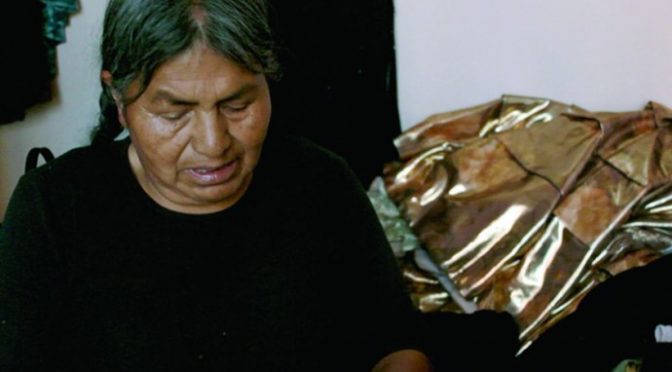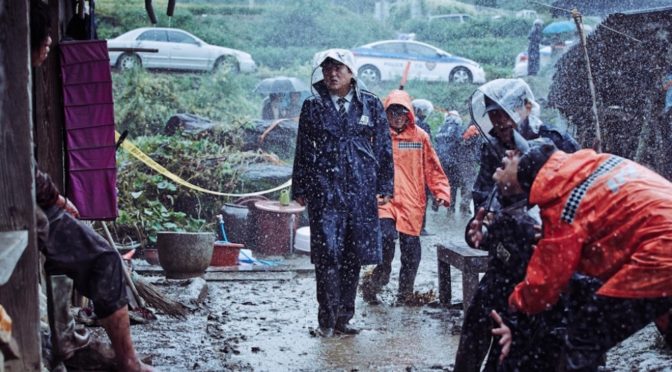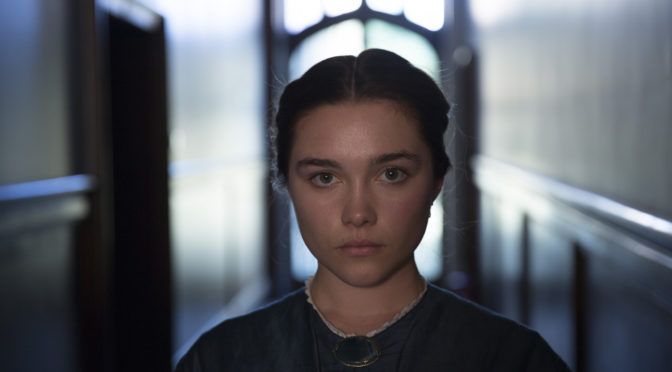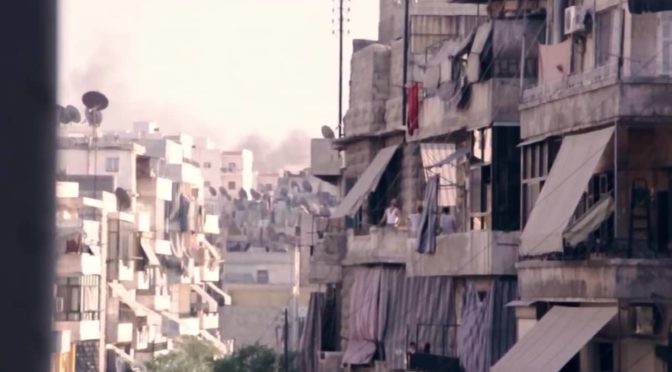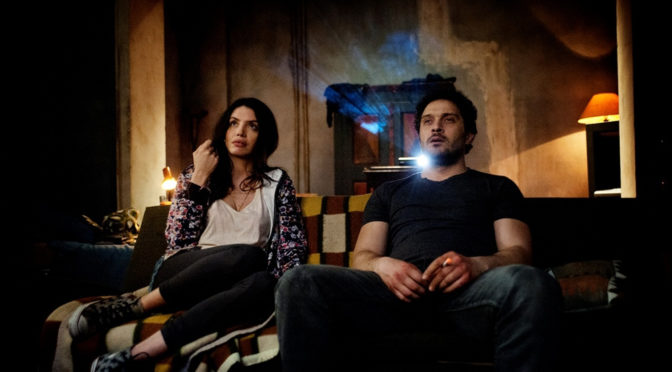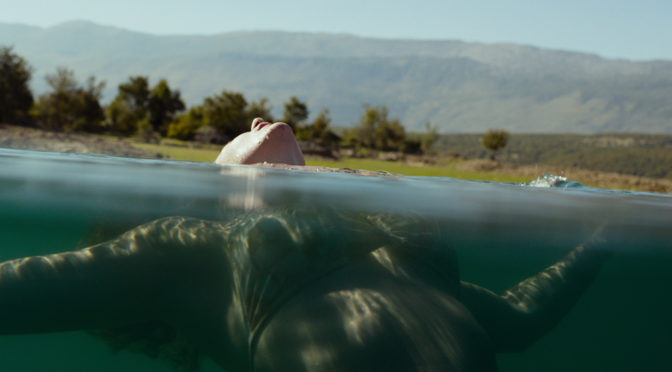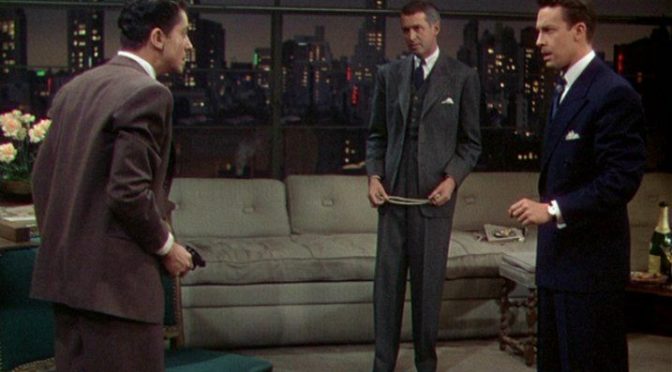Roma, giorni nostri. Protagonista Enzo Ceccotti, ladruncolo di periferia che si barcamena tra piccoli furti nella speranza di non essere preso. Ma in fondo non è nessuno, mai riuscito ad entrare nel giro della criminalità che conta, schivo, deluso dalla vita e ancor più da se stesso.
Claudio Santamaria calza a pennello nel ruolo del nuovo superhero italiano, per interpretare il quale è dovuto aumentare di peso di ben 20 kg, 100 in tutto. Il film, ispirato alla serie manga Jeeg Robot d’acciaio di Go Nagai, è un film d’azione moderno, a cui viene però aggiunta una buona dose di ironia. È il mito dell’uomo qualunque che, in seguito ad un incidente, riceve super poteri tali da poter cambiare il mondo. O così crede Alessia (Ilenia Pastorelli), protagonista femminile che, vittima di violenza domestica e mentalmente disturbata, è ossessionata dall’idea che Hiroshi Shiba, eroe della serie, esista nel mondo reale e che proprio Enzo sia il fatidico Jeeg Robot d’acciaio. L’uomo compie così un percorso verso la redenzione, maturando la consapevolezza di avere un obbligo morale.
Nel cast, minuziosamente scelto dal regista Gabriele Mainetti, in stretta collaborazione con lo sceneggiatore Guaglianone, risalta un personaggio eccezionale: lo Zingaro, Luca Marinelli, boss eccentrico fino alla follia, innamorato della propria immagine e del sogno di diventare famoso e rispettato dalla malavita, che cerca di carpire i segreti della sovraumana forza fisica, ma non solo, del protagonista.
Ciò che emerge dal lungometraggio è la facilità con cui le storie che assorbiamo influenzano la nostra vita. Alessia crede che Jeeg Robot esista; Enzo, nonostante sappia non sia così, lentamente comincia a crederci e a ragionare da eroe (emblematico il gesto di sostituire i film porno con i dvd della serie animata).
Si tratta di un film come non se ne vedono molti in Italia, che prende solo il meglio dai più gettonati superhero movies americani. Un cinema di intrattenimento che nonostante il basso budget (1.700.000 euro) guadagna più di un posto d’onore alla premiazione dei David di Donatello e soprattutto riesce a far nascere in ciascuno di noi la domanda: possono ancora esistere, fra noi, uomini così fuori dall’ordinario?
Alice Dall’Agnol, studentessa del Corso di Critica cinematografica (DAMS, a.a. 2015-2016)



